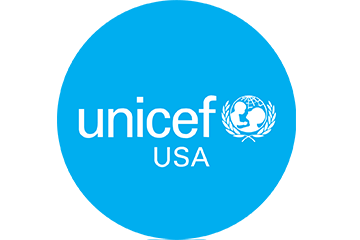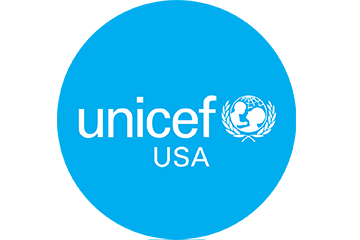In Bhutan, a country of roughly 800,000 people on the eastern edge of the Himalaya mountains, there are 19 different languages or dialects.
At the Wangsel Institute for the Deaf, housed on the grounds of Drukgyel lower secondary school in the western district of Paro, a group of students has been busy helping to create one more: the country’s first sign language.
The effort marks a significant step forward in a country where the government has focused on addressing inequities in access to education for children with disabilities.
It’s also a painstaking process. It can take up to a week of research for the team to agree on a single sign, in some cases drawing from home-grown signs already in use. As the language is built out, new signs are documented, complete with a video-recorded demonstration for easy sharing. Grammar is being developed as well.
A trailblazer of a school offering inclusive education to children with a variety of disabilities as part of a government program supported by UNICEF
Wangsel, which started out as a separate unit in 2003 but has since become part of Drukgyel, is considered a trailblazer for offering inclusive education to children with a variety of disabilities as part of the national Special Education Needs (SEN) government program, also supported by UNICEF.
All students at the school get some education on sign language. On Fridays, the Deaf Education Unit leads the school assembly, conducting it in sign language. Teachers are all being trained in basic sign language too.
Sushila Gurung, an English teacher, learned sign language from the student researchers so she could teach them and other students in sign language. The school’s Principal, Dechen Tshering, a former Geography teacher, has learned the sign language too.
“Bilingual education is an approach to the education of deaf children which uses both the sign language of the deaf community and the written/spoken language of the hearing community,” Gurung explains. “In Wangsel, these two languages are Bhutanese Sign Language (BSL) and English. In the later years, Dzongkha [Bhutan’s national language] is introduced.”
“It’s a measure of the government’s commitment to inclusive education that this place exists,” says UNICEF Representative Dr Will Parks. “UNICEF is delighted to help this work.”
UNICEF works in over 190 countries and territories to protect the rights of all children. Support UNICEF’s mission. Donate today.
Top photo: In Drukgyel, in the western district of Paro, Bhutan, a UNICEF-supported school known for inclusive education conducts its assembly in sign language every Friday. Student researchers at the school looked into home-grown sign language already in use in the country to map the signs used, standardize them, and build the first documented sign language in the country’s history. © UNICEF Bhutan/SPelden





